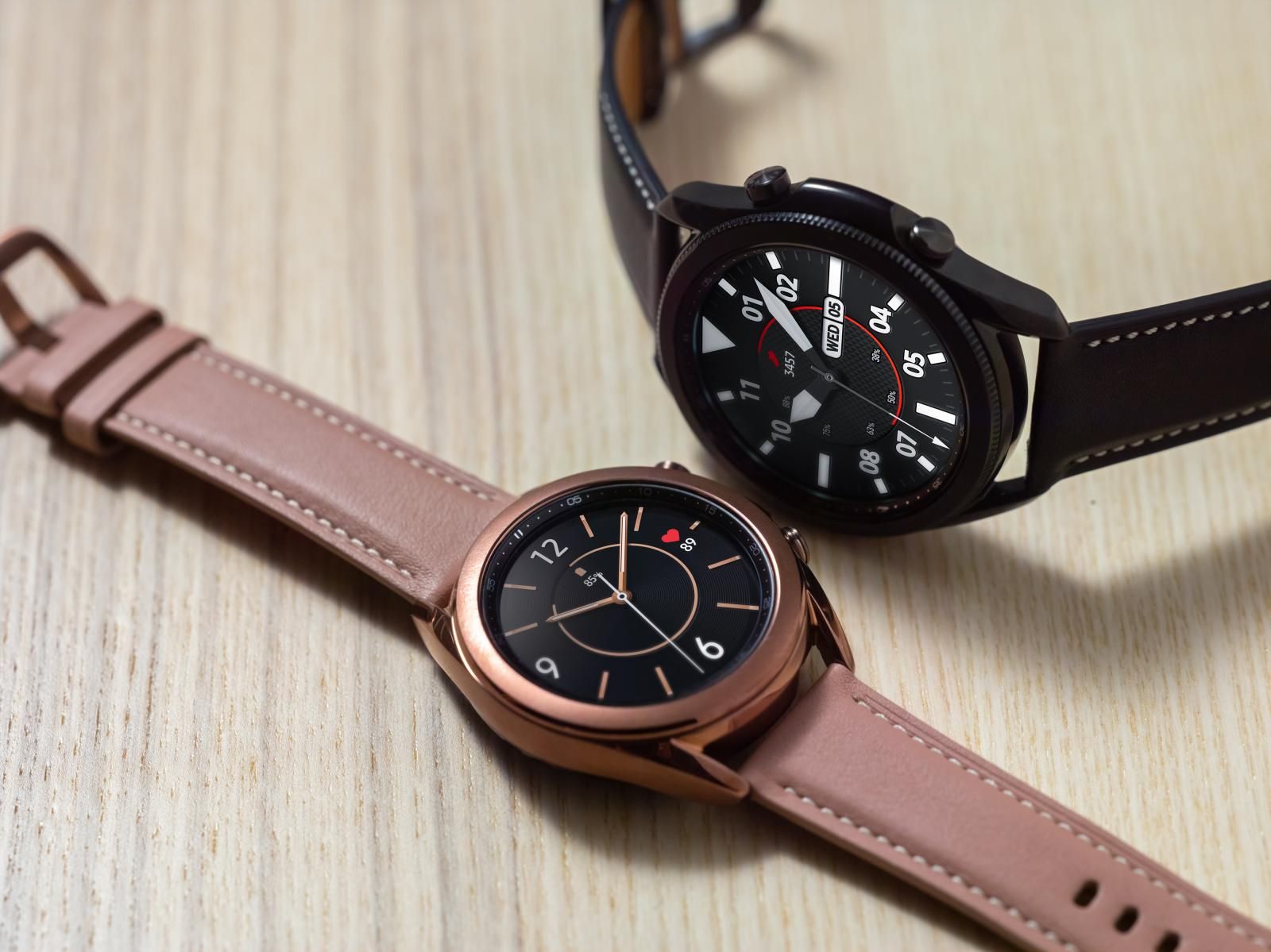Toward the end of summer, Samsung may hold an Unpacked event where it’s expected to unveil a trio of new handsets. At the same event, the company might also unveil two new smartwatches, and they’re rumored to ditch Tizen in favor of Wear OS.
A report from Korean news outlet MT claims Samsung is developing the Galaxy Watch 4 and Galaxy Watch Active 4 — which in and of itself isn’t a surprise. But rather than running Samsung’s in-house Tizen, the wearables are going to be powered by Google’s Wear OS. Apparently, Samsung and Google are collaborating on Wear OS for a few reasons.
Despite Tizen’s popularity among users, Samsung is allegedly looking toward Wear OS because Google’s platform is easier to develop for. Samsung’s platform could be the most sophisticated in the world, but if developers are having difficulty building apps — or don’t have the resources to build apps — then it puts Samsung’s wearables at a big disadvantage for longterm growth.
Watch4
42mm, 46mm
Active4
40mm, 42mm
Scheduled for release along with the Galaxy Z Unpacked around July or August.
Both lineups will run on WearOS instead of Tizen.
Non-invasive blood sugar measuring sensor will NOT be included in both lineups.https://t.co/CFQ0x9CeOu
— Tron ❂ (@FrontTron) May 12, 2021
Meanwhile, Google is reportedly willing to work with Samsung as a way to reignite interest in Wear OS. The platform has failed to meaningfully progress over the past few years, especially compared to something like Apple’s watchOS. For its part, Google has teased there are big things to come for its wearable platform following its acquisition of Fitbit, and the release of the Galaxy Watch 4 and Galaxy Watch 4 Active could help spark a comeback so to speak.
You have to go back all the way to 2014 when the original Gear Live launched to find a Samsung wearable equipped with Wear OS (back then it was still known as Android Wear).
The report is corroborated by FrontTron on Twitter, who also adds that Samsung’s upcoming wearables will lack blood glucose monitoring. Rumors about the feature began circulating earlier this year, but it sounds like the technology isn’t quite ready for Samsung’s devices.

